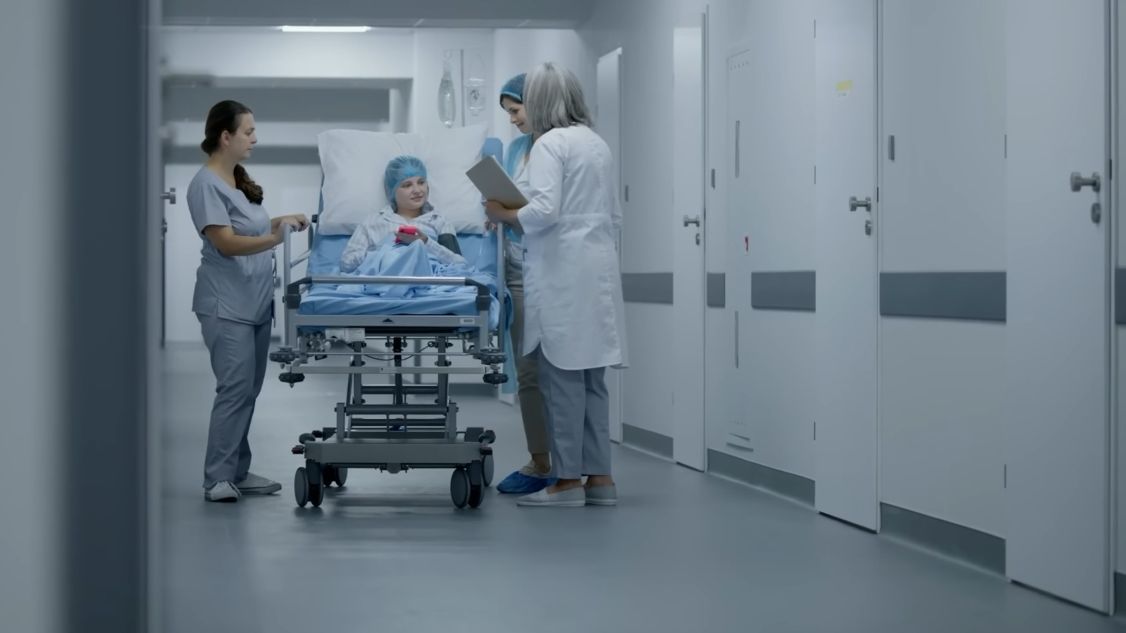The genius with bizarre tricks, the Japanese participated in the First and Second World Wars not simply as samurai heroes, plump sumo wrestlers, or wandering swordsmen as depicted in manga. In reality, it was the brutality of the fascist army, with guns, bombs, and blood.
1. Bizarre tricks:
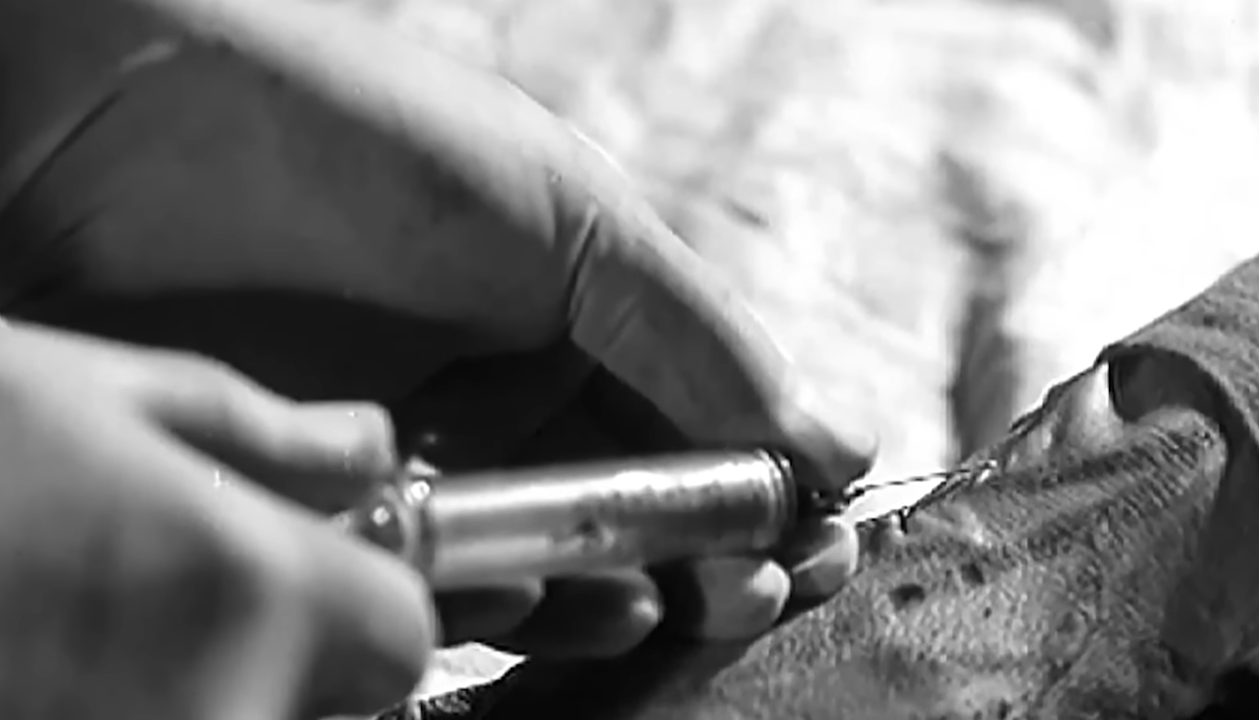
Born in 1892 in Japan, Siro Isi was the fourth son of a wealthy landlord and a famous sake producer. With a remarkable memory, Siro achieved excellent academic results, being regarded by many as a genius with potential. Early on, Siro demonstrated outstanding abilities and height, along with an agile demeanor, indicating he was a potential leader.
During his time in the military, Siro discovered his true passion was science, particularly medicine. In 1916, he was admitted to the medical faculty of Kyoto Imperial University. In addition to studying advanced medical methods, he also began to form strange habits.
Contrary to the image of doctors in white coats visiting patients, Siro preferred to cultivate various types of bacteria in the laboratory. He often disturbed other students and worked at night without consulting them. Although everyone was aware of Siro's actions, he was never punished, which may have boosted his confidence and ego.
Siro gradually became the best at creating biological weapons. In 1927, he became a medical officer with bold ideas, and later the best at the Tokyo military hospital. Siro proposed the establishment of a military unit specifically for researching and developing biological weapons in Japan, even sending a proposal letter directly to senior commanders. Although small, Siro's idea directly violated international laws.
In his arguments, Siro emphasized that Japan had signed the Geneva Convention, but he did not care about those regulations. This shows Siro's confidence and determination, a man unafraid to violate established rules.
However, due to the lack of official approval, there were still loopholes they could exploit to develop biological weapons. Of course, Siro's proposals were rejected. He was then involved in a two-year work trip around research areas worldwide, starting in 1928.
2. Research area:
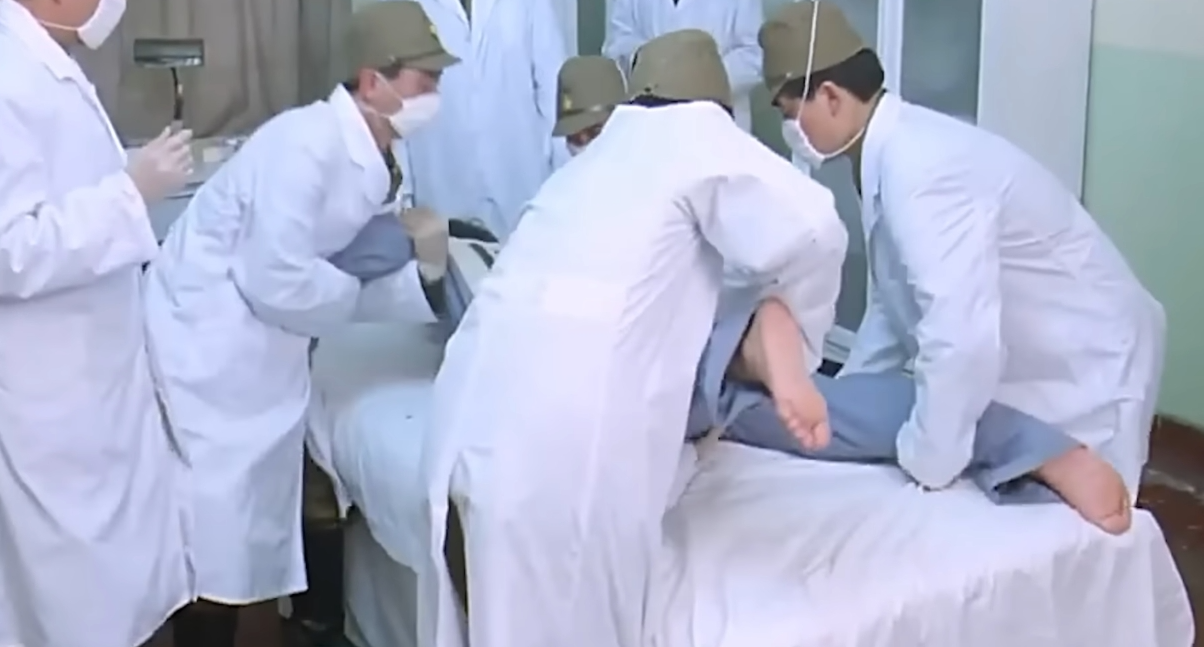
After that trip, Siro returned to Japan with discoveries and a new plan. By the time he returned in 1930, many things had changed. Japan was climbing to the peak of war. Therefore, the reputation of those willing to research and develop weapons was noted. From here, Siro was gradually valued.
After becoming a Professor of Immunology at the Tokyo Military Medical School, Siro was promoted to the rank of Major and found a valuable companion in Colonel Chikiko Kosumi. Kosumi, a scientist who had fought in the war, recognized Siro's potential and supported him. As a result, Siro had more opportunities to expand his chemical and biological laboratory.
After the invasion of Manchuria in 1931 and Japan's establishment of the Manchukuo state, they used resources in this area to promote their industrialization efforts. Siro proposed the idea of establishing a unit to research and test chemical biological weapons in Japan. He took this idea from Western countries, and his proposal was immediately accepted to avoid international scrutiny.
The secret research unit was established in the Harbin area, about 100 km south of Harbin. This was also where some experiments named Unit T were developed, the precursor to the famous Unit 731. Records about this secret facility reflected brutal actions: about 1000 prisoners were locked in cells, construction workers, and innocent civilians were used for experiments.
Later, they killed the victims with poison when they no longer considered them valuable for research. Most of those who came here died within a month, and it remains unclear how many victims underwent these painful experiments.
In the fall of 1934, one of the prisoners blew up the prison, and 16 inmates successfully escaped. However, despite being exposed, the brutal activities of the experiments continued until officially closed in 1935. With EC, everything continued with another facility with even more brutal experiments.
After the previous experimental unit was closed, Siro received orders to move to Pingfang District, about 24 km south of Harbin, to establish a larger chemical biological testing facility. This unit was called EC and marked the birth of Unit 731 in 1936. Emperor Hirito issued a decree to expand Unit 731 and merge it with the Imperial Japanese Army's occupying forces in China. This unit was officially called the Epidemic Prevention and Water Purification Unit of the Allied Army.
3. Epidemics:
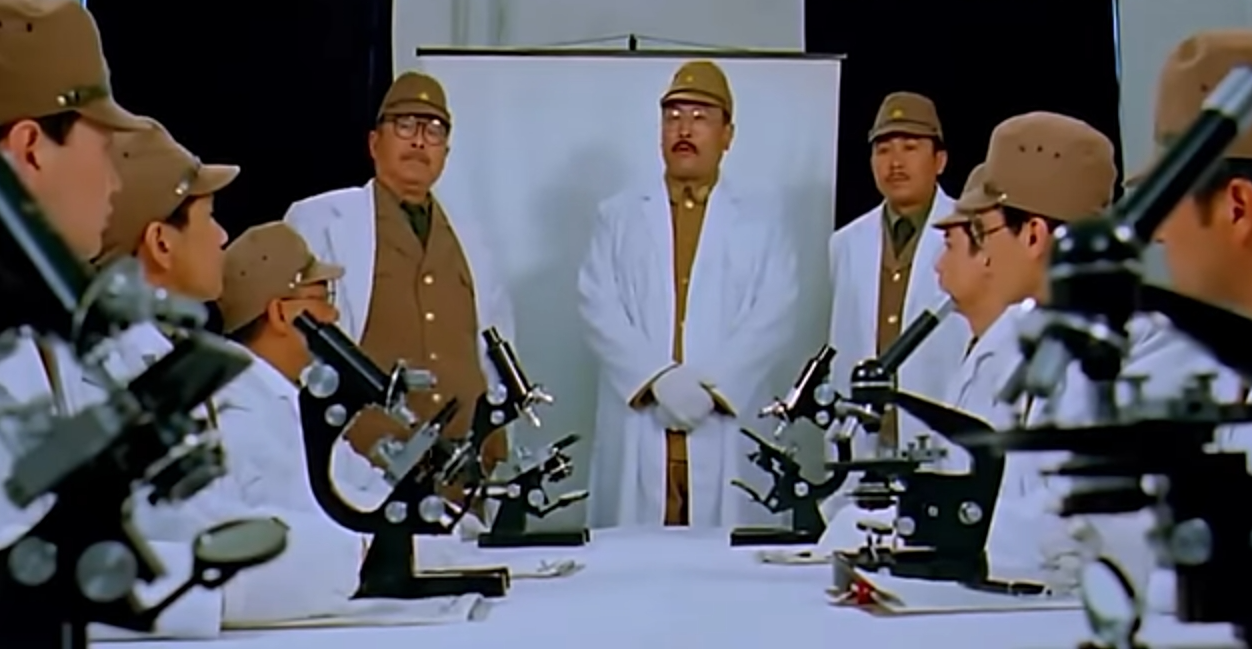
The facility of this unit was located in Pingfang District, Harbin city, and had expanded throughout cities in China by the peak of the EC network in 1939. This experimental unit attracted over 10,000 personnel, including Japanese doctors and medical professors. The branch of Unit 731 in Tokyo was a medical school in Saitama Prefecture built on a 6 km² plot of land.
The 731 facility had over 150 buildings and was designed to be not easily destroyed. In a few days, this unit could produce about 30 kg of plague-causing bacteria. The victims became test subjects, referred to as "maruta" - a term originating from a joke among the staff there. The experimental doctors not only performed surgeries on living people but also injected animal blood into living subjects to study infectious diseases.
The end of Unit 731 came in August 1945, when the Japanese Empire surrendered. The general received orders from Tokyo to destroy everything at Unit 731. This order was passed down to subordinates, and an entire facility was destroyed. At that time, there were still 900 people detained at the unit. All of them were killed, with 300 suffocated with poison and 600 Chinese shot. Staff of Unit 731, if captured, would have to ingest poison. The 731 complex was then destroyed, and according to an American scholar, over 200,000 people died at the hands of the cruel doctors there.
In addition to the Chinese victims, 1,700 Japanese soldiers were killed in Jiangxi by this biological weapon, and at least 600 people arrested by the Japanese police became victims of experiments. The doctors and staff involved tried to negotiate and received immunity since being prosecuted in Tokyo in 1946. Siro died on October 9, 1959, from laryngeal cancer at the age of 67.
Although repeatedly denying the existence of Unit 731, by the late 1990s, Japan reluctantly acknowledged it. On August 13, 2017, Japan's leading NHK television broadcast a documentary about the truth of Unit 731 in Harbin, revealing the brutal crimes based on testimonies from surviving witnesses and records from the Khabarov war crimes trial conducted by the Soviet Union. This film sparked much controversy in Japan, but the crimes committed by Unit 731 remain a contentious topic between Japan and China to this day.
4. Historical exploration:
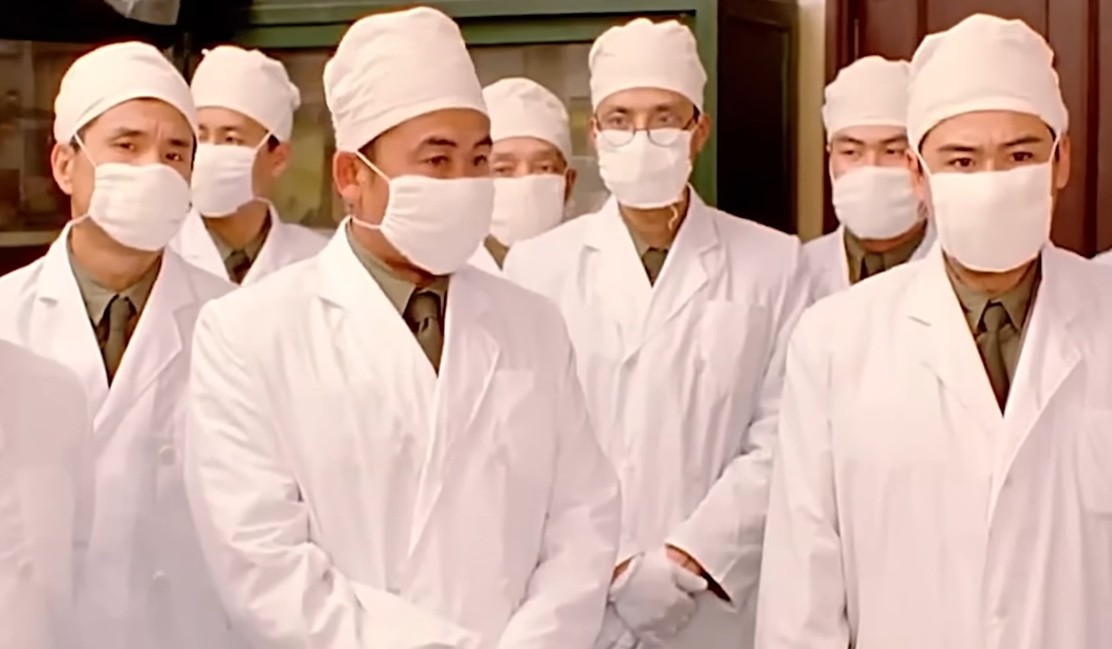
In the journey of exploring the history of world wars, there are names that are evocative, strange, and sometimes haunting. And among those, one prominent name cannot be overlooked: Siro Isi - the person behind the establishment and operation of Unit 731, a research and development organization for biological weapons of the Japanese fascists during World War II.
Siro Isi, born in 1892 in Japan, was the fourth son of a wealthy landlord and a famous sake producer. Born into a wealthy family, Isi was educated in a high cultural and academic environment, reflected in his excellent academic achievements in medical school. Regarded by many as a genius, Isi was known for his exceptional photographic memory and proficiency in medical research.
However, what was special about Siro Isi was not merely his talent and knowledge of medicine. He gradually developed his true passion: research on biological weapons. Even as a medical student, Isi showed a particular interest and passion for new methods and technologies in this field.
After graduating and becoming a doctor, Isi did not stop at practicing conventional medicine. He began conducting strange and sometimes very dangerous experiments in his laboratory. Unlike the image of a typical doctor, dressed in white and treating patients, Isi became bizarre and mysterious.
Isi's colleagues often described him as an eccentric person with strange habits and interests. He enjoyed cultivating various types of bacteria in his laboratory and even caused dissatisfaction in the medical community by working obscurely at night and using some materials without others' consent.
But the most remarkable thing about Siro Isi was not his strange habits or quirky interests. It was his perfection in developing and operating Unit 731, a brutal and terrifying organization.
Unit 731, established by Siro Isi in the early years of World War II, was where the most horrific experiments took place. Here, people became test subjects, with no refusal and no compassion. The tragic atrocities recorded in history, from testing biological weapons on living humans to the murder of thousands of prisoners and civilians. Unit 731 became a symbol of the brutality and cruelty of Japanese fascism during the war.
And Siro Isi, as a bizarre doctor, was the one who operated and created nightmares at Unit 731. He was not only a talented medical researcher but also a cruel and merciless leader. He demonstrated that, under the influence of ambition and pride, humans can become the most evil and ruthless beings in history.
